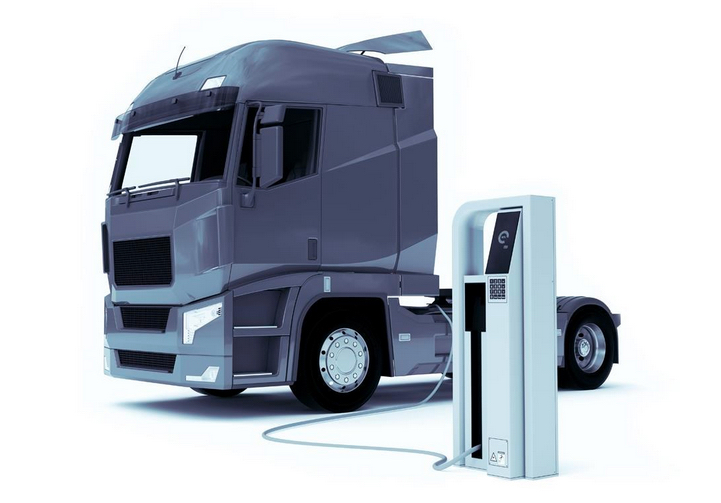Amsterdam, the Netherlands: Electric trucks are coming, but fleets need to find the best charging strategies to keep them going, according to an in-depth report by McKinsey & Company.
McKinsey estimates that electric truck adoption will exceed 30% by 2030 across different vehicle classes: light commercial vehicle, medium-duty truck, and heavy-duty truck. “The potential uptick in adoption will likely be a result of the alignment of several key factors: regulation, electric truck supply, improvements in battery electric technology, and overall economics,” it says.
“Electric trucks (eTrucks) are entering markets worldwide. As these vehicles are deployed, fleet operators must determine potential use cases, such as last-mile delivery, and select the best charging strategies,” the report says. McKinsey’s report identifies, by vehicle type and use, the best charging strategies but overnight charging is the preferred option. This however, throws up a series of issues that operators must manage.
“While eTrucks have yet to be adopted at scale, we have identified five potential charging options that vary by location, cost, feasibility, and flexibility. For instance, some strategies call for eTrucks to be charged at hubs where vehicles park while others involve warehouses where they load and unload, public charging stations, or rest stops that feature en route chargers. The initial costs for each charging solution will include charger hardware, installation, any storage or distributed generation equipment, one-time site construction and grid connection costs, or one-time software-development fees. Ongoing operating costs will include maintenance, electricity, demand charges, and labor,” the report says.
Technologic and economic factors will also play a big role in electric truck uptake, McKinglet says. “Improvements in battery and electric powertrain technology, including those related to safety, energy density, battery supply, and performance, are increasing both vehicle range and consumer confidence. As the technology improves, battery costs are also falling. Over the next decade, they should decline to the point where the total cost of ownership for many eTruck models will be similar to or better than the TCO for ICE trucks.”
“Our research revealed that eTrucks could play a role across multiple use cases, although these will vary by vehicle class and application. Each use case will differ in terms of required range, payload, route predictability, infrastructure access, model availability, and the need for a cold chain (an uninterrupted series of refrigerated production, storage, and distribution activities for goods).”

“Today’s battery packs can best support use cases with predictable routes, relatively shorter ranges, and payloads that do not require cold chains. Thus, we expect three commercial use cases to gain traction first: last-mile delivery, dry goods distribution, and point-to-point long-haul transport.,” the report says.
Why most eTrucks will choose overnight charging By Enrico Furnari, Lionel Johnnes, Alexander Pfeiffer, and Shivika Sahdev







